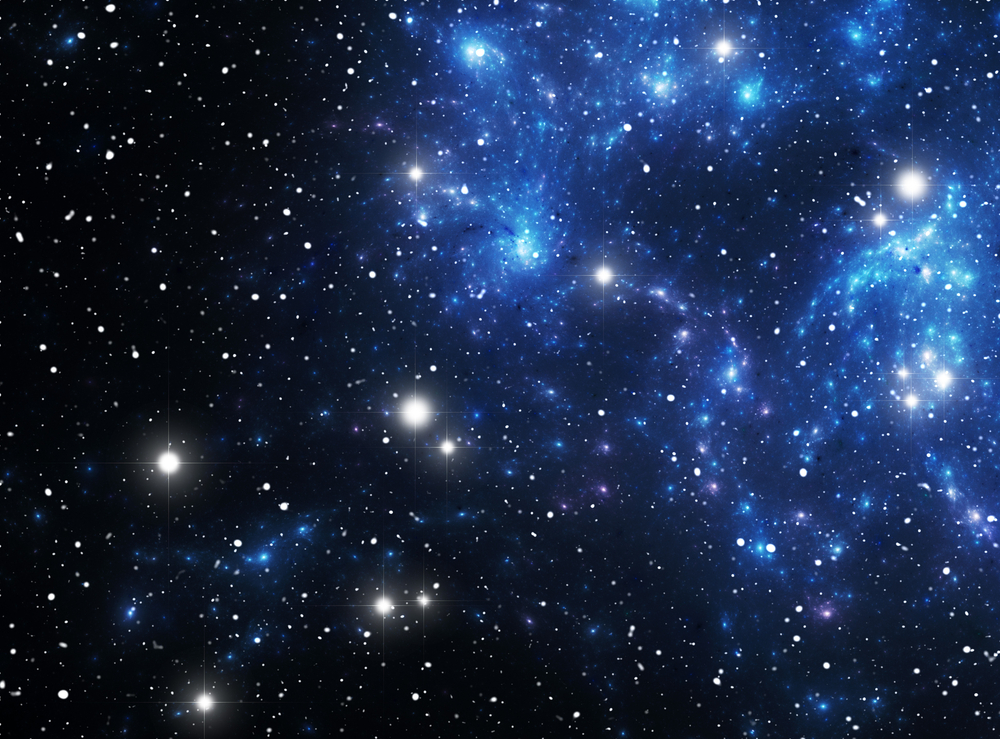OU News
News from The Open University
- Home
- OU probes new star mapping technology
OU probes new star mapping technology
Posted on • Science, Science, maths, computing and technology, Space

OU researchers have received £570,000 from the European Science Agency for the next phase of scientific devices for mapping stars and galaxies.
Dr Nathan Bush and Dr Ben Dryer from the OU’s Faculty of Science, Technology, Engineering and Mathematics, will use this funding to develop a new type of scientific device for space imaging applications, such as mapping of stars/galaxies or surveying for extrasolar planets.
Improvements will allow for more ambitious goals
According to Dr Bush, the technology is very similar to that currently used in many ESA and NASA missions, such as the Hubble Space Telescope, Gaia and Euclid, and will be improved so that it operates more effectively for longer within the harsh environment of space.
These improvements will allow instruments to maintain their high sensitivity for many years longer than the current iteration of the technology, which will mean future astronomy missions can have more ambitious science goals that are no longer limited by the effects of the space environment.
The project will run for two years, starting this month. The OU researchers are collaborating with the European Space Agency, and Teledyne e2v.
Dr Bush said:
“In terms of impact, if the development is successful then the technology may be adopted in future ESA and/or NASA missions for astronomy applications.
Teledyne-e2v is a world leading supplier of this technology and so working with them to improve their sensors will position them well for future mission proposals that require space-radiation tolerant image sensors.
The focal planes comprised of this technology can easily cost many millions of pounds, and so the implications for UK business are also very positive if the development is successful.”
OU space research over the last several decades, has had significant real-world benefits for industry. As well as space missions, the Space Science priority research area is actively involved with projects back on Earth making use of technology developed and expertise gained through space research.
Read more about OU research in Space Science
And follow our activity for research month on our social channels #OUResearch and #OU50.